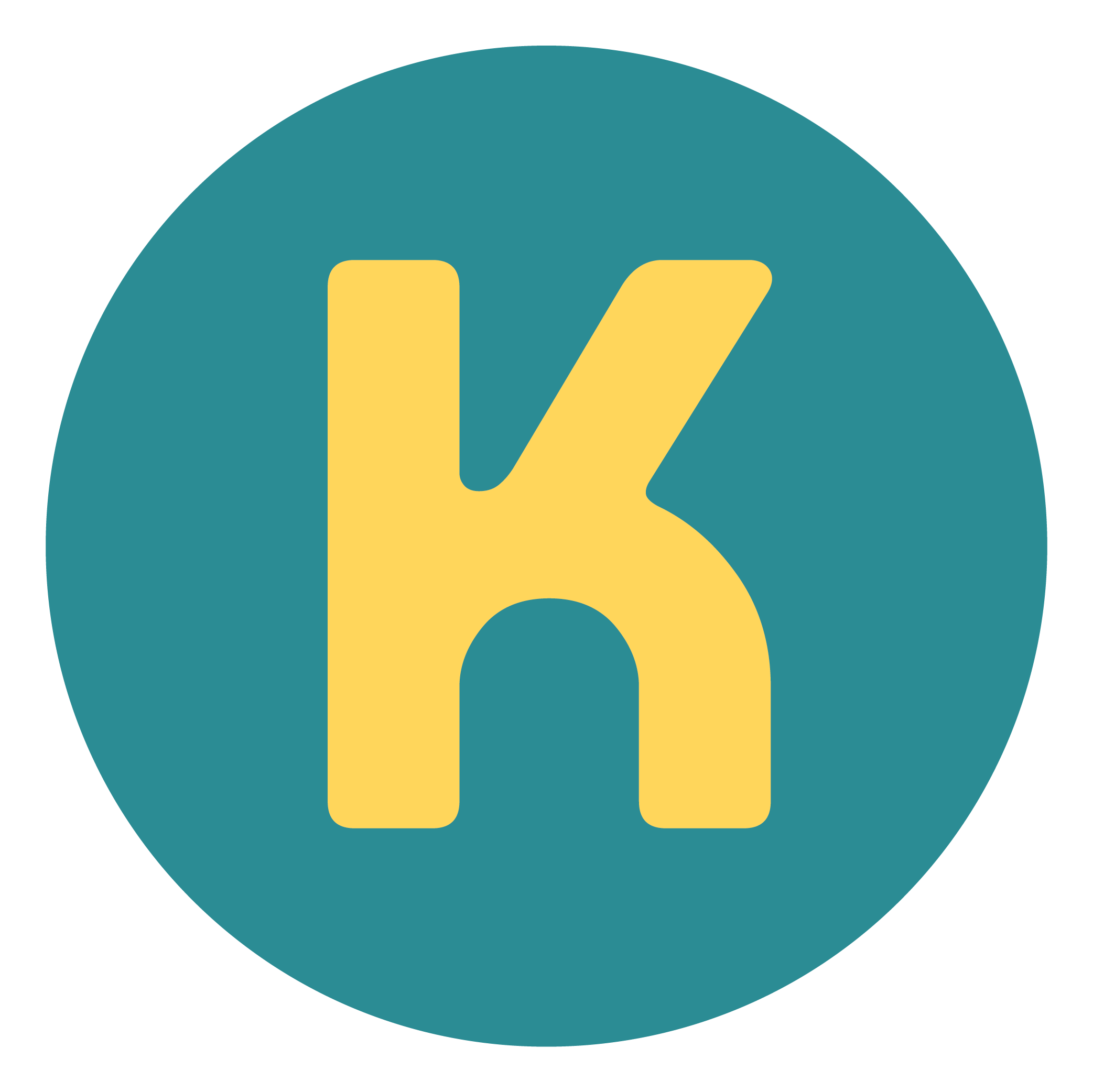dont
Dont monitors and reports teen phone use while driving to help parents address unsafe behavior.
Product Strategy | User Study | Features and Workflow | UX/UI Design | Interactive Prototype | Front-End Development | Product Testing
The Opportunity
Propelled by a community death at the hands of teen distracted driving, Amplify Development wanted to create a way to change this risky driving behavior.
KRUTSCH helped crystalize their vision into a set of app-store-ready native apps that detect in-vehicle use of phone functions without interfering with the phone’s operation.
Together, we identified an opportunity to arm parents with behavioral and phone-use data, while keeping the onus on the parent-child relationship to correct the child’s driving behavior. In other words, dont™ leaves the parenting to the parent.
Parent rule configuration. | Child app splash screen to intercept parents if they download the incorrect app. | Child dashboard with approved apps and banner notifications for rule changes to be reviewed.
The Goal
Technical Focus
Discover and push the boundaries of phone device systems and hardware to map out a set of eligible parameters for monitoring.
The Parent Focus
Build an interface that empowers parents to monitor and act on unsafe driving behavior via activity reports and real-time notifications.
The Child Focus
Encourage teen drivers to keep hands off their phone while driving, while still providing avenues for permission based map and music apps.
Designing The App
Proof of Concept
We began with a proof of concept prototype to discover the possibilities and challenges of detecting driver status and behavior.
A team of developers tested and documented the device capabilities for tracking phone activity and tasks, determining driving status, pushing notifications, and blocking phone tasks. We mapped out where iOS and Android system capabilities aligned and diverged based on device to ensure we implemented efficient and manageable feature sets, workflows, and development efforts. Then we aggressively tested our prototype, fine tuning the monitoring detection methods.
Finally, we put our prototype through the App Store and Google Play. Here, we confirmed our suspicion that the store specifications would be the real inhibitor and adjusted our approach for a passing app.
Utility app elements.
System specific capabilities mapping.
Product Strategy, Feature Set and Workflow
Then, we went to work mapping workflows and logic for the four total apps needed: a child and parent app each for Android and iOS. We prioritized a workflow that reinforced a secure connection between parent and child app as well as flexible rule configuration for multi-child monitoring.
From these diagrams, we began wire-framing the workflows for each app and building quick click-thru prototypes to test user flows.
Branding and Visual Language
In tandem, our team began developing the branding and visual language for the app. When we moved to high-fidelity designs, we also applied and tested our evolving visual language through logo creation, color choice, and component treatments. This parallel work provided the most efficient pathway to a fully formed app and brand style.
Parent and child app logos and marks.
Testing and Deployment
The native apps were built for Android and iOS. Our platform and back end specific developers closely collaborated to create cohesive builds, ensuring easier app management. Rigorous testing honed the state detection and monitoring logic.
Final User Study
With a complete build in hand, we conducted a final remote user study using Userlytics’s recruitment, proctoring, and screen recording software. Our study consisted of the following:
Six pairs of parent and teen drivers
Task list to observe each user’s experience with onboarding, driving tests and status log
Post-test surveys to understand user perception about the app
We summarized our user findings and presented a highlight reel to the client. Small workflow and UI adjustments were made based on our findings.
Parent and child survey results on perceptions, child devices and car information for final user study.
The Final Product
The final deployed dont™ collection of apps represented user tested and verified workflows and features.
This app represents an example KRUTSCH’s work with Research and Development style apps that push the boundaries of device systems and hardware capabilities. A challenging project, we helped our client realize their vision in a user driven, app store acceptable form.
Dont was a product of KRUTSCH’s Think. Code. Go. initiative, aimed at supplying additional resources and services for clients that are new to the app development process.



